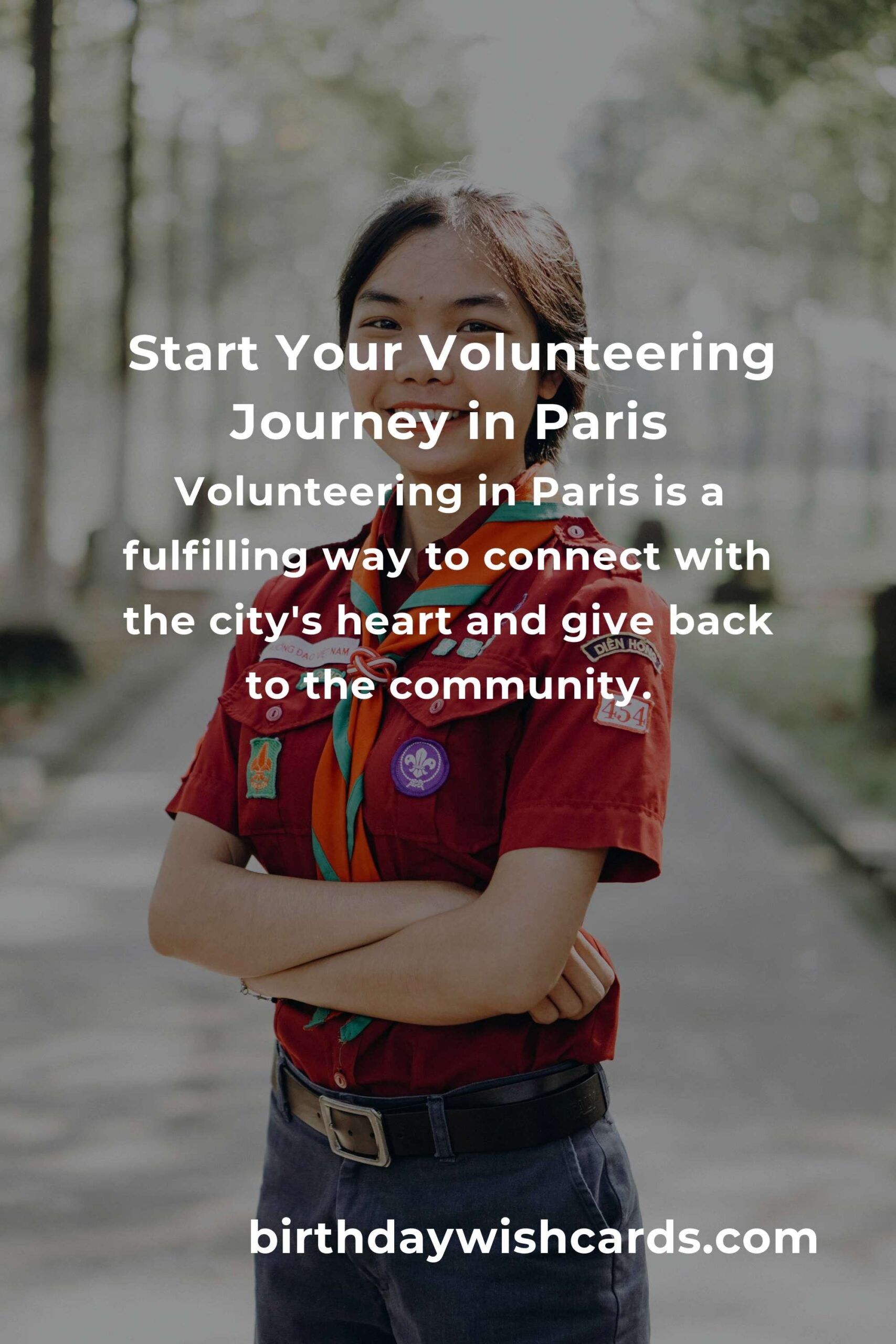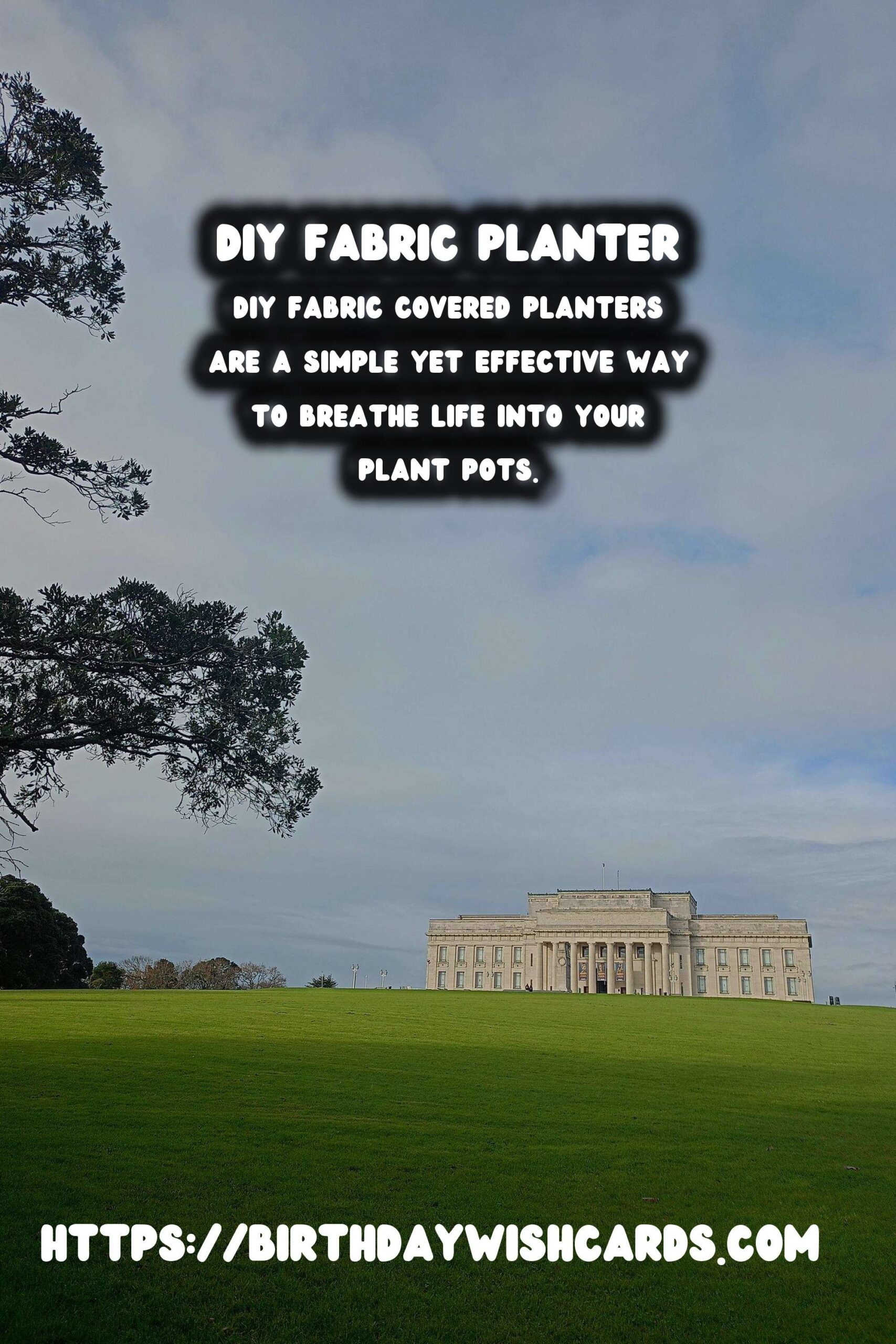
Are you looking to add a splash of color and personality to your home or garden? DIY fabric covered planters are a simple yet effective way to breathe life into your plant pots. With just a few easy steps, you can transform ordinary planters into beautiful works of art that reflect your personal style.
Why Choose Fabric Covered Planters?
Fabric covered planters do more than just look great; they offer several advantages:
- Aesthetic Appeal: Add vibrant textures and patterns to your garden or living space.
- Cost-Effective: Use scraps of fabric you may already have at home, reducing waste and costs.
- Protection: Fabric can protect planters from surface scratches and minor damages.
Materials You’ll Need
To get started, you will need:
- Planters (any size or shape)
- Fabric of your choice (ensure it’s durable and weather-resistant)
- Mod Podge or any fabric glue
- Scissors
- Paintbrush
- Measuring tape
- A pencil or chalk for marking
Step-by-Step Guide
Step 1: Choosing the Right Fabric
Select a fabric that complements your home decor. Consider the durability, especially if the planter will be outdoors. Cotton, canvas, and outdoor fabrics are excellent choices.
Step 2: Measuring and Cutting
Use a measuring tape to measure the circumference and height of the planter. Add an extra inch on all sides for overlap and adjustments.Mark the measurements onto the fabric using a pencil or chalk.Cut the fabric carefully with scissors.
Step 3: Preparing the Planter
Clean the surface of the planter to ensure the fabric adheres properly. If the planter has a glossy surface, consider lightly sanding it to create texture.
Step 4: Applying the Fabric
Apply a layer of Mod Podge or fabric glue onto the planter using a paintbrush.Press the fabric onto the glued surface, smoothing out any wrinkles or air bubbles.Wrap the fabric snugly around the planter, trimming any excess at the seams.Add more glue to the edges if needed to secure the ends.
Step 5: Sealing and Finishing
Allow the glue to dry thoroughly, usually around 24 hours.Apply a final coat of Mod Podge over the top of the fabric to seal and protect it from moisture and dirt.
Maintenance Tips
To keep your fabric covered planters looking fresh, wipe them with a damp cloth periodically. Avoid soaking them in water to prevent damage to the fabric.
Creative Ideas
Don’t stop at one planter; create a whole collection using different patterns and colors. Mix and match for an eclectic look in your garden or home.
Conclusion
DIY fabric covered planters are a wonderful project for those looking to add a personal touch to their living space. Not only do they enhance the aesthetic value, but they are also a fun and rewarding crafting experience. So, gather your materials, unleash your creativity, and start crafting!
Are you looking to add a splash of color and personality to your home or garden? DIY fabric covered planters are a simple yet effective way to breathe life into your plant pots. 
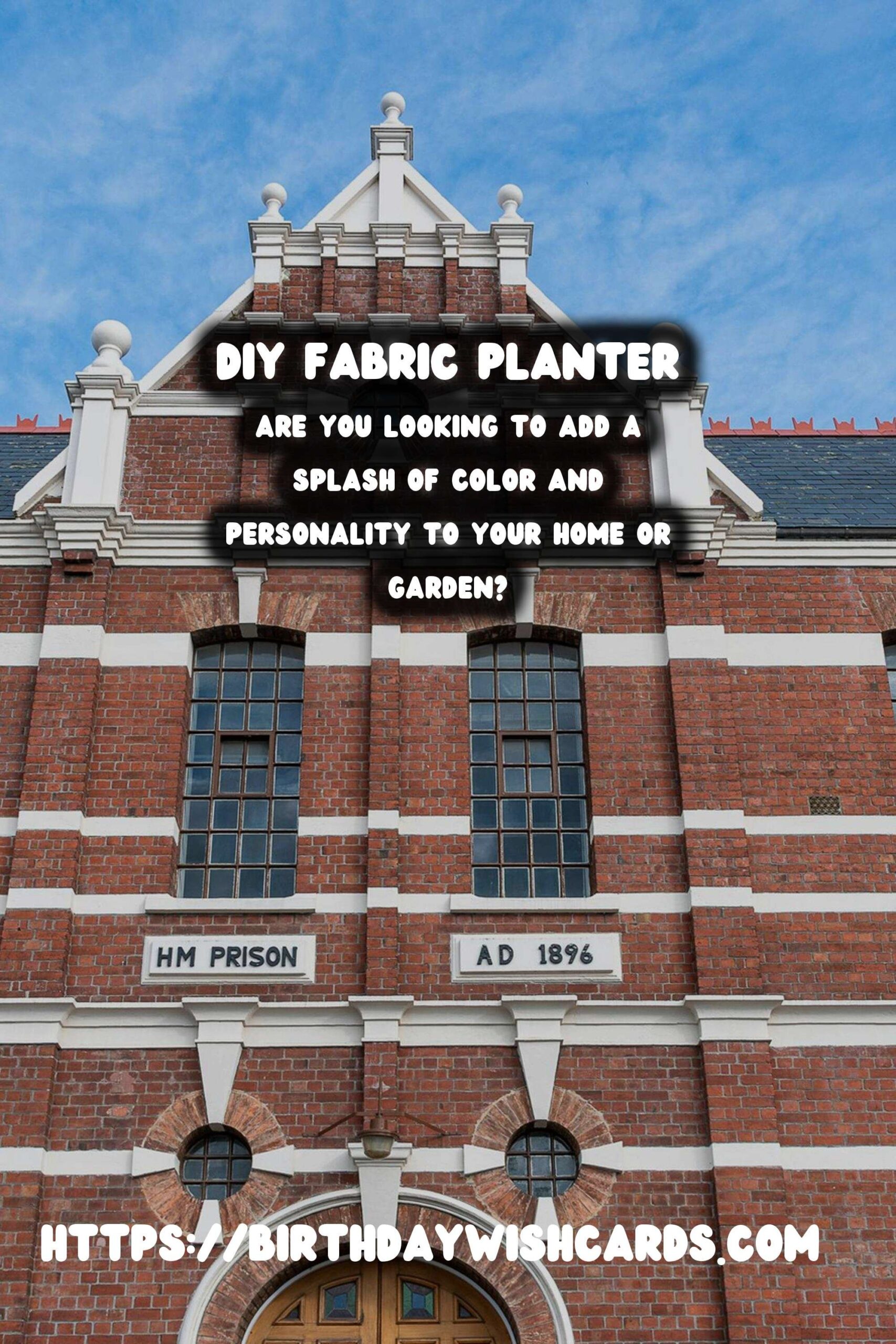
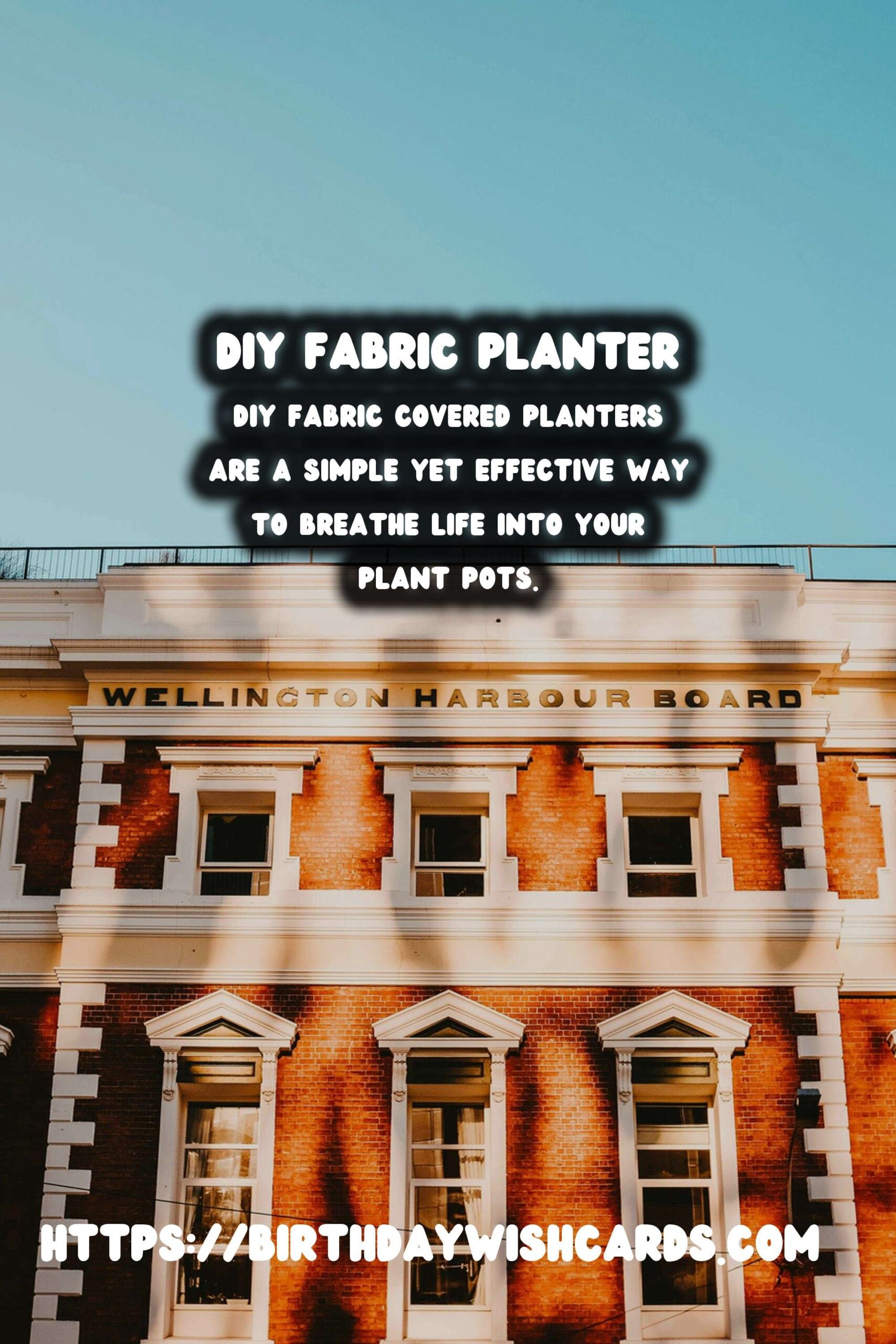
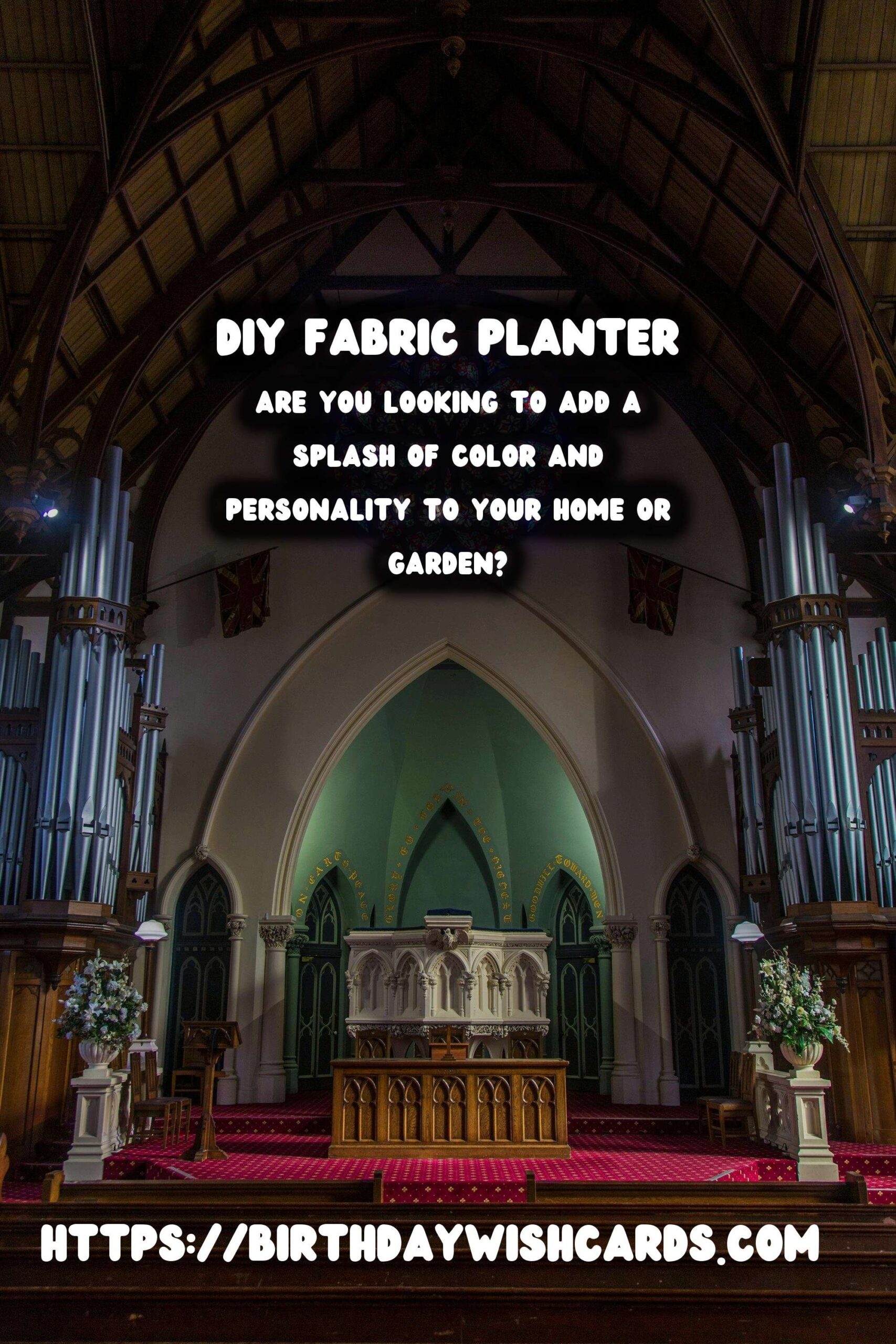
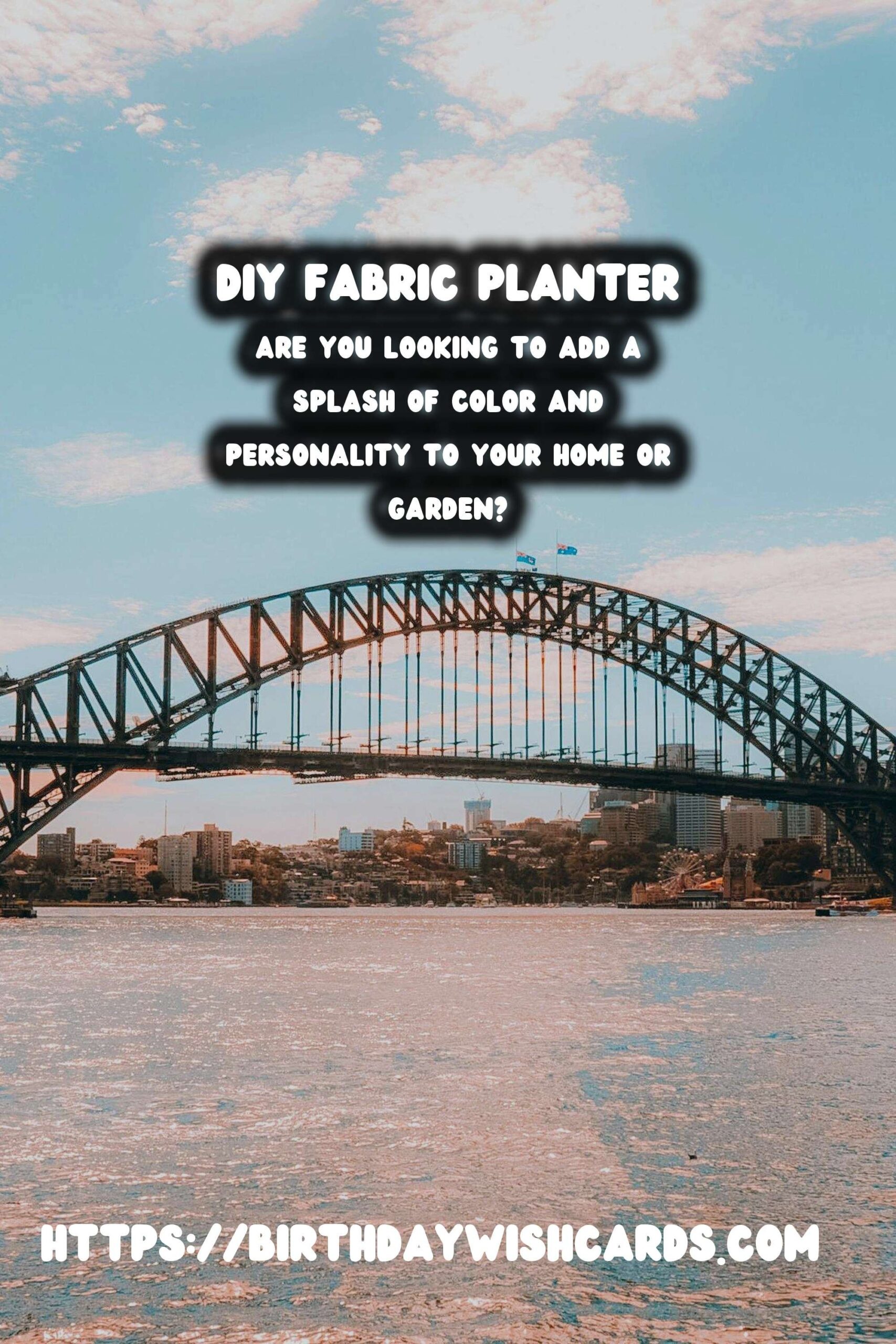
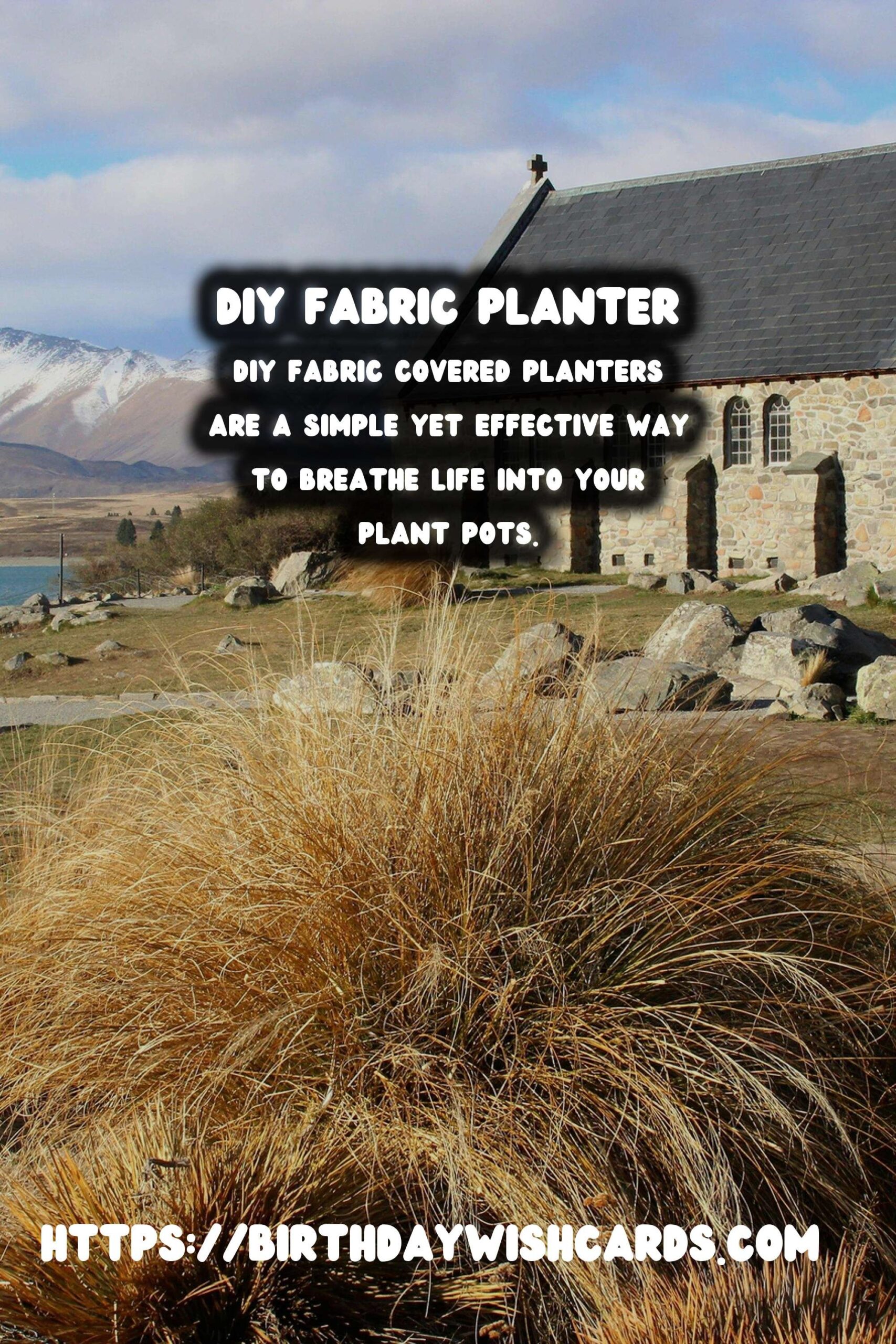
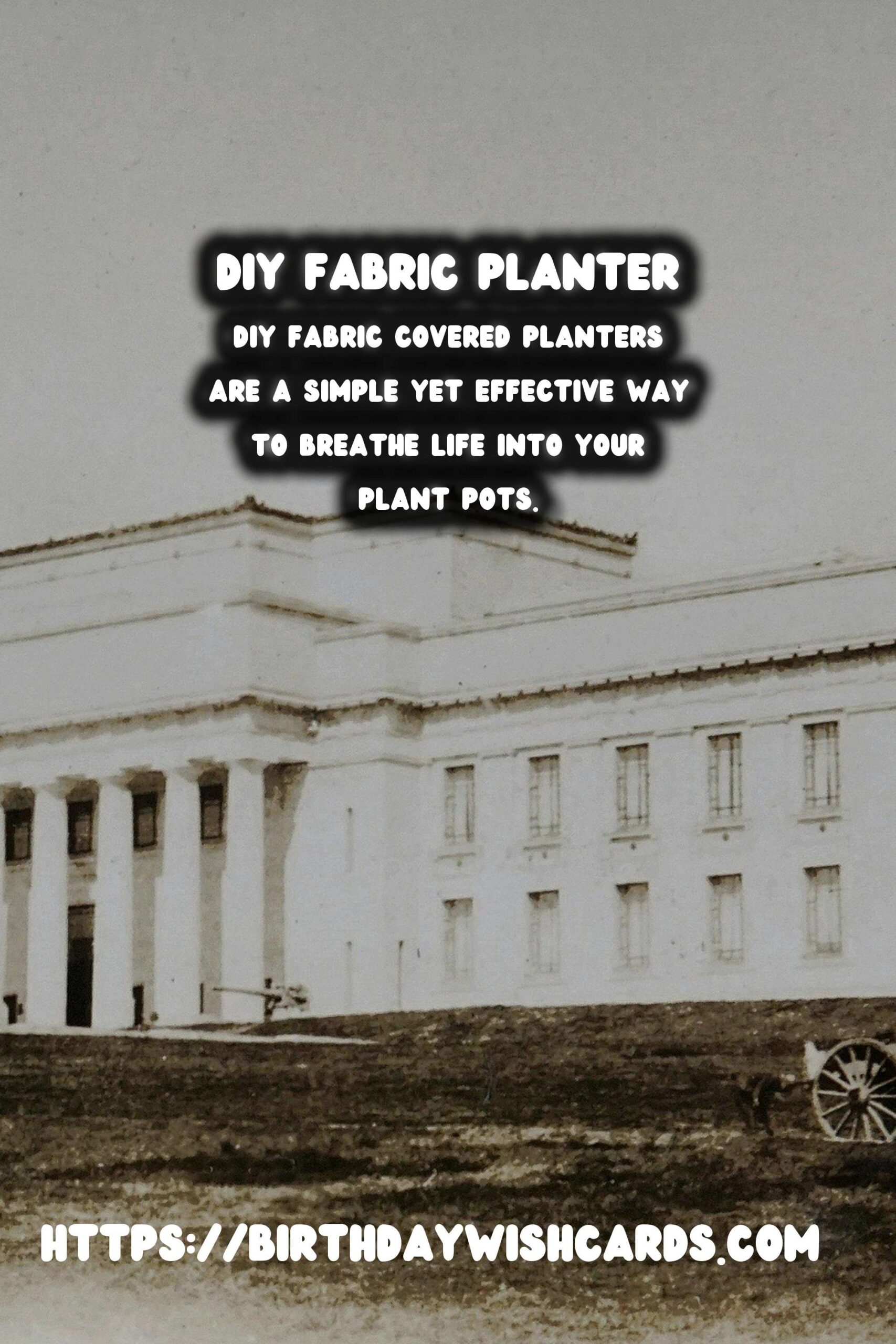
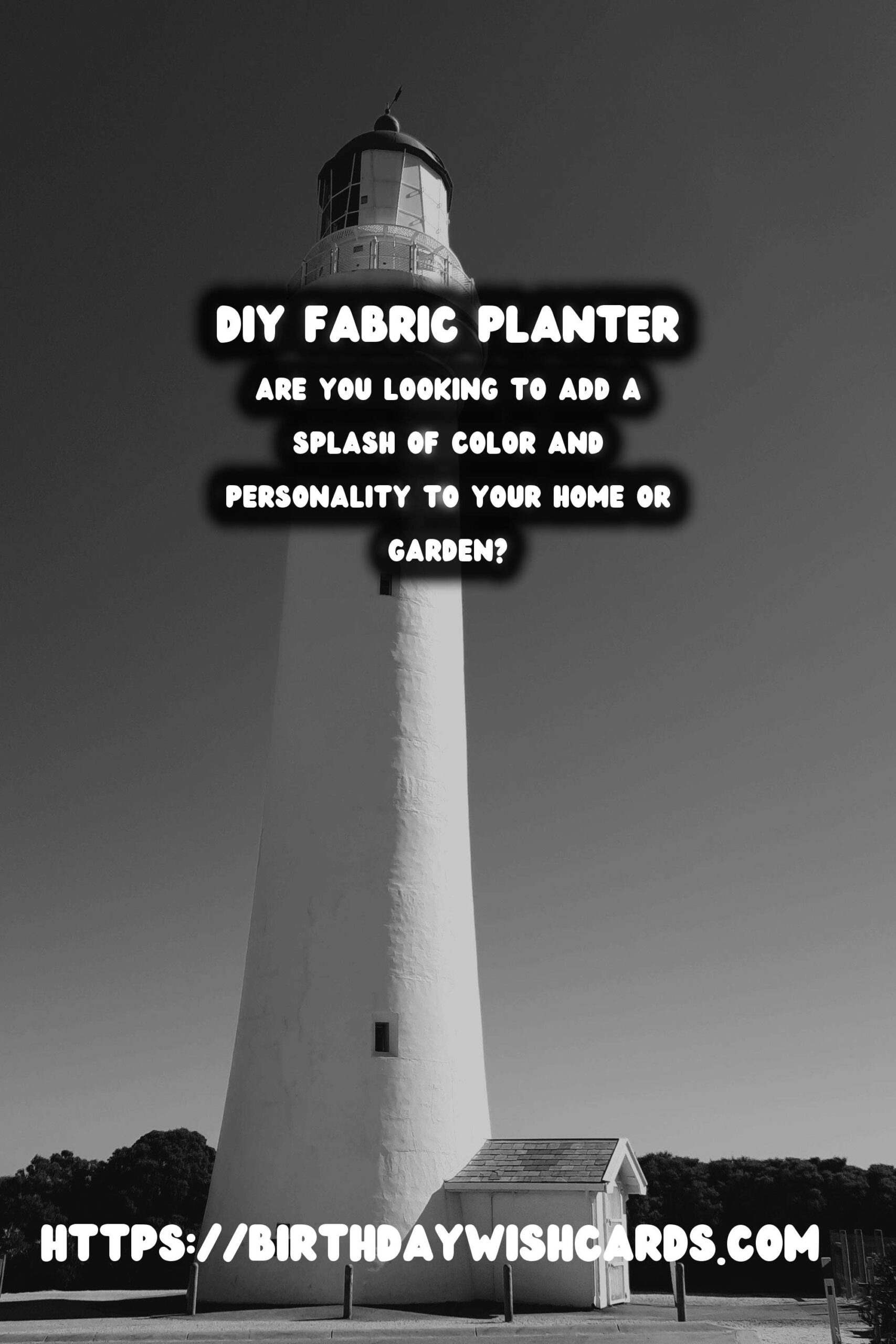
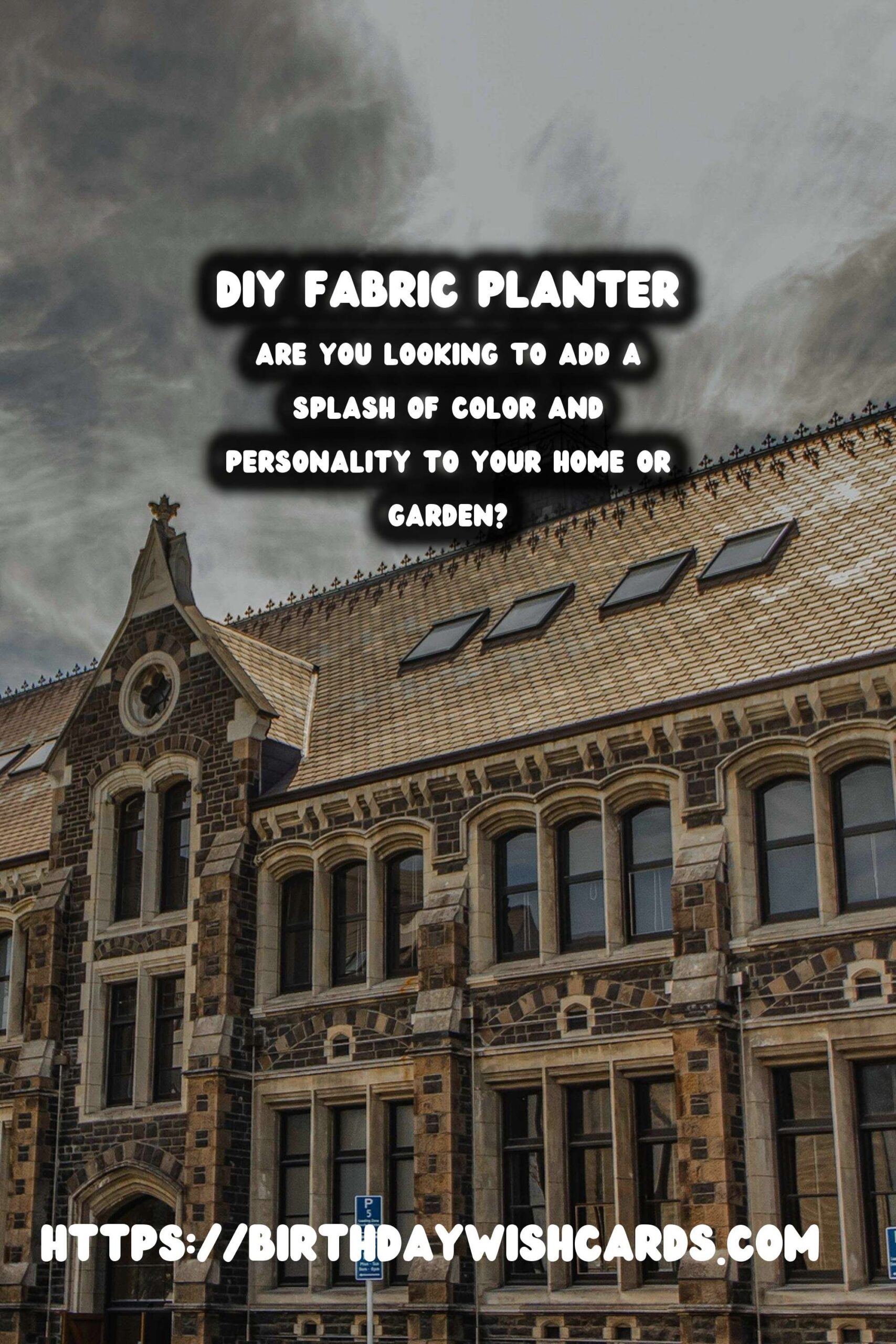
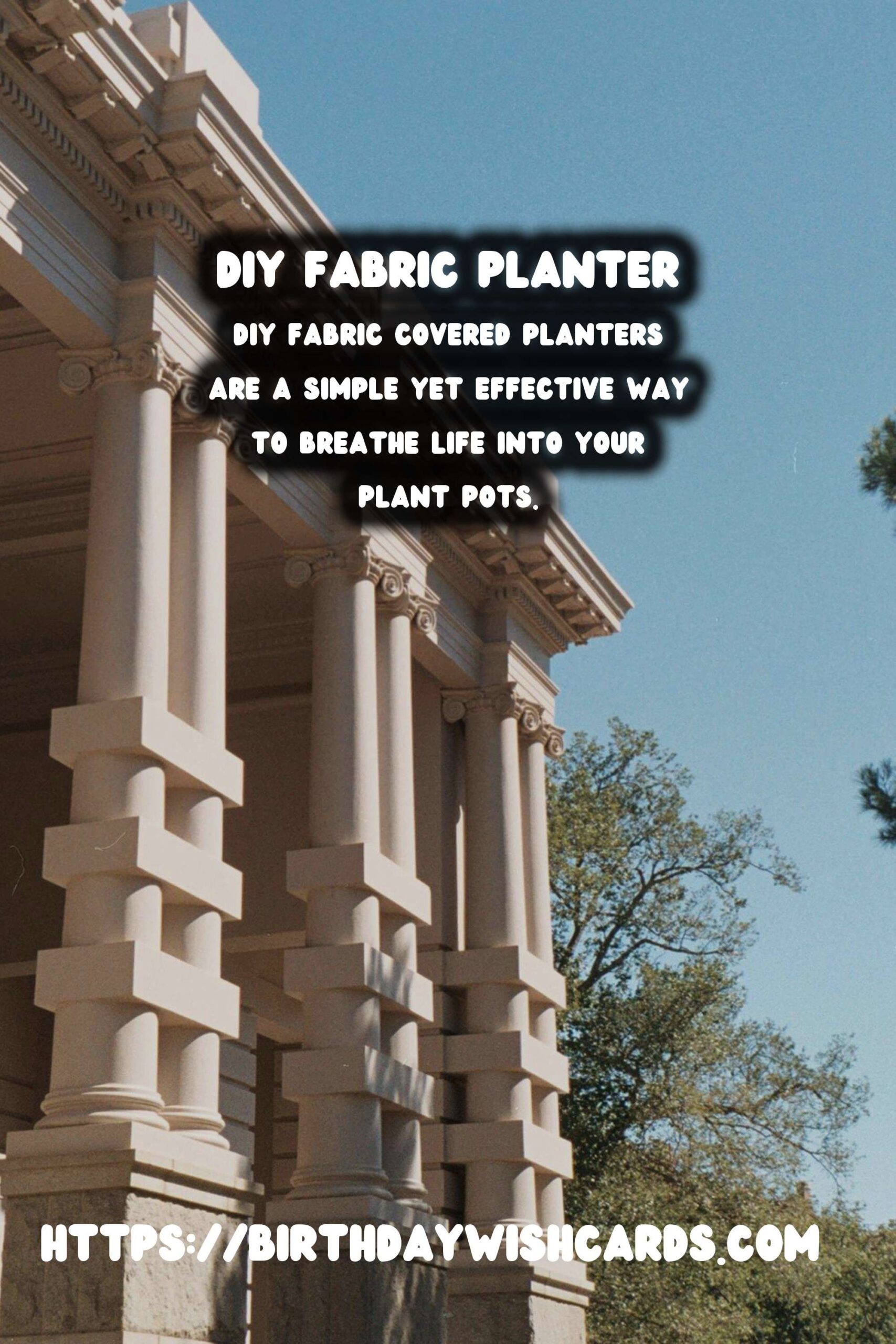
#DIYdecor #FabricPlanters


